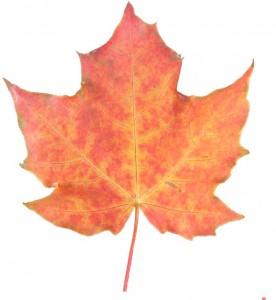
Over the past couple of months, I’ve been writing about the state of geo awareness and education in Canada, and speculating on how it may be improved. The overall message has been the need for a plan to be drawn and implemented, and the need for the geomatics community to involve itself.
So, where is the plan? For the answer, we turn to the Canadian Geomatics Community Round Table’s website. For those of you who may not have had the opportunity to visit their site and read their plan, I strongly encourage you to read it. You will no doubt be inspired by the energy that has been contributed to the geomatics industry to this point.
 The plan itself involves 7 dimensions: Identity, Market, Business Model, Leadership & Governance, Education & Capacity Building, Data Sources and Legal & Policy. The dimension that I want to focus on in this article is Education & Capacity Building. Put simply, the focus of this dimension is to improve the quality and structure of geospatial education. In its current iteration, the plan outlines 12 Strategic Objectives, ranging from educational infrastructure to increased geo-awareness among Canadians.
The plan itself involves 7 dimensions: Identity, Market, Business Model, Leadership & Governance, Education & Capacity Building, Data Sources and Legal & Policy. The dimension that I want to focus on in this article is Education & Capacity Building. Put simply, the focus of this dimension is to improve the quality and structure of geospatial education. In its current iteration, the plan outlines 12 Strategic Objectives, ranging from educational infrastructure to increased geo-awareness among Canadians.
A particularly eye-catching section of this publication is the second point under the Recommendations heading, which advocates developing a strategy for facilitating curriculum changes in our primary, secondary and post-secondary education. This ground-up approach to preparing young students, combined with the five other recommendations (ranging from enhancing the delivery of scholarships to educating the public at large) has the potential to shape a generation of Canadians with a much better understanding of the functions and impacts of this industry.
Reading such an inspired and evolving plan for the advancement of the Canadian Geomatics Industry is an encouraging experience. I recommend that you not only give the Education & Capacity Building section a read, but also the rest of the plan.
 As the 2014 workshop draws closer, the Canadian Geomatics Community Round Table would benefit greatly from you, the geomatics community, getting involved in plan development. As geomatics professionals, educators and students, your input and experiences are invaluable. Susie Saliola’s recent GoGeomatics article shows us how geomatics students in the Toronto area can share their experience in-person on March 22. Let’s hope that opportunities like these are just the beginning.
As the 2014 workshop draws closer, the Canadian Geomatics Community Round Table would benefit greatly from you, the geomatics community, getting involved in plan development. As geomatics professionals, educators and students, your input and experiences are invaluable. Susie Saliola’s recent GoGeomatics article shows us how geomatics students in the Toronto area can share their experience in-person on March 22. Let’s hope that opportunities like these are just the beginning.




Be the first to comment